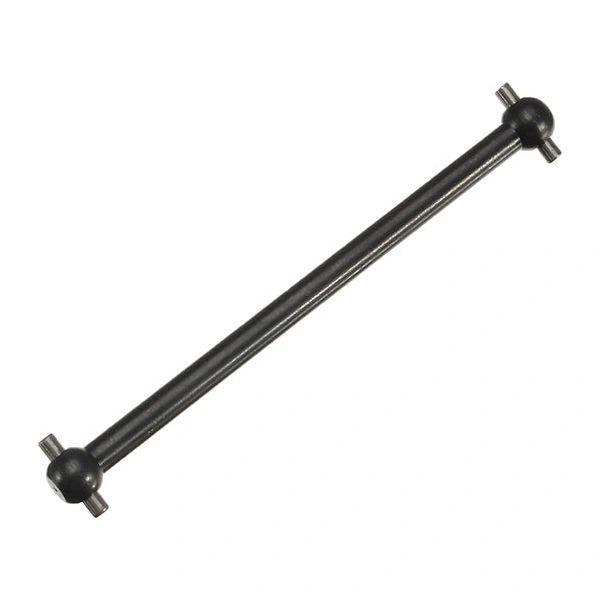CENTRAL DRIVE SHAFT F

CENTRAL DRIVE SHAFT - FRONT
The central drive shaft (front) is a crucial component in your vehicle's drivetrain. It transmits power from the transfer case to the front differential, enabling four-wheel drive or all-wheel drive functionality. Its proper function is vital for smooth operation and vehicle performance. Failure can lead to a loss of power, vibrations, and potential damage to other driveline components. Let's dive into what makes this part tick.

Key Components and Function
The drive shaft typically consists of a rotating tube or solid shaft, equipped with universal joints (U-joints) or constant velocity (CV) joints at each end. These joints allow the shaft to flex and accommodate the movement of the suspension and the changing angles between the transfer case and the front differential.

- Shaft: The main body, transmitting rotational force. Often made of steel or composite materials for strength and durability.
- U-joints/CV Joints: Allow for angular movement while transmitting torque. Regular lubrication and inspection are critical.
- Flanges: Connect the drive shaft to the transfer case and front differential.
Common Issues and Troubleshooting
Drive shaft problems can manifest in various ways. Recognizing the symptoms early can prevent more significant damage.

- Vibrations: A common sign, especially at certain speeds. Often caused by worn U-joints or a damaged shaft.
- Clunking Sounds: Typically heard when accelerating or decelerating. This can indicate worn joints or loose connections.
- Difficulty Shifting into 4WD/AWD: Drive shaft problems can prevent the system from engaging properly.
- Grease Leaks: From worn seals in the U-joints, indicating a need for replacement or servicing.
Regular inspection and maintenance, including lubrication of U-joints (where applicable) and checking for any play or unusual noises, can help extend the life of your front drive shaft. If you suspect a problem, consult a qualified mechanic for diagnosis and repair.

